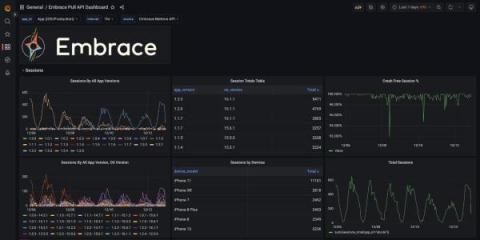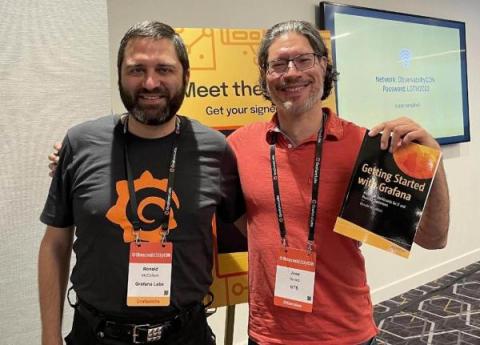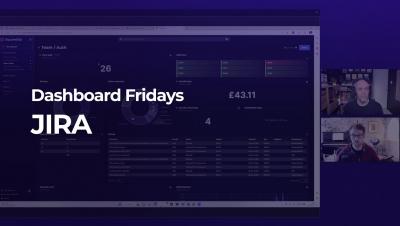Visualize real-time mobile app data with the Embrace data source plugin for Grafana
Customers choose Embrace to help mobile development teams build fantastic mobile app experiences. Embrace provides best-in-class mobile insights that help users prioritize, understand, and resolve issues. All of which leads to better development decisions. But in modern software engineering, no team exists in a vacuum.










